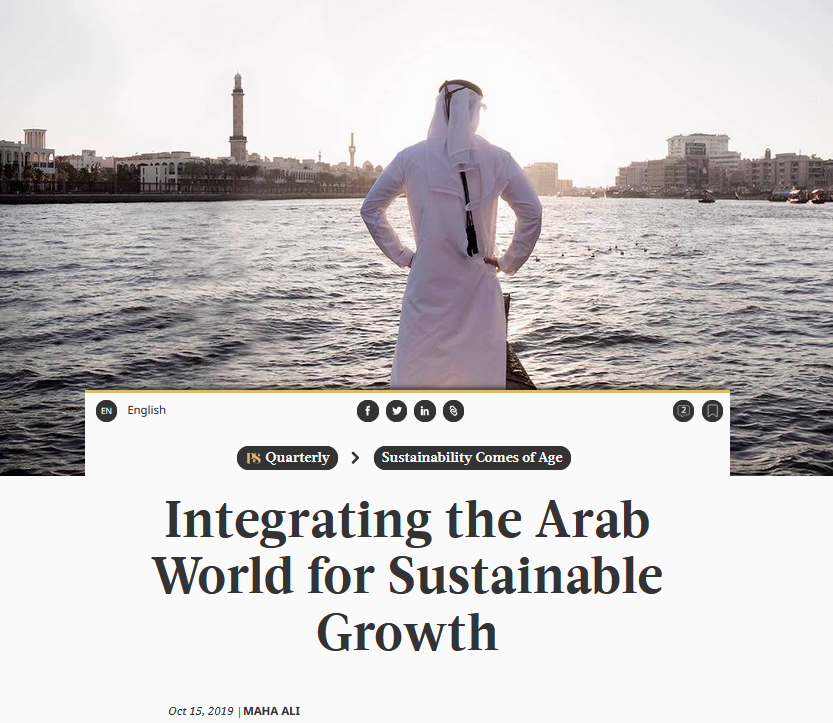MONDAY
1. THEORY
Regional integration in the Middle East
2. ANALYTICS
Integrating the Arab World for Sustainable Growth

WEDNESDAY
3. CURRENT ISSUES
4. THE WORLD THIS WEEK

5. ANALYTICAL COMMENTARY
6. TEST
VOCABULARY & GRAMMAR
KEY TERMS
FOCUS WORDS
PREPOSITIONS
WORDS FOR REPORT
| a clear age gap on the issue |
| compared with a smaller share |
| more likely to favor |
| the survey explored the public’s views about |
| Overall, |
| In regard to the negative consequences, |
| substantial majorities |
| no statistically significant difference by age |
GRAMMAR PATTERNS
At a time when large powers and global trends are reshaping the regional environment, the only way for ASEAN countries to advance their interests effectively is by working together.
ASEAN has undergone an impressive turnaround in the past five decades.
The benefits of free and open trade are being questioned, international institutions are being challenged, new geopolitical powers are rising.
ASEAN members will feel the effects of the Fourth Industrial Revolution acutely.
The working-age population in the bloc is increasing by 11,000 people daily and will continue to grow at this rate for the next 15 years.
The demographic expansion is happening just as many existing jobs will be substituted by intelligent automation and AI.
Faced with these disruptive shifts, ASEAN must strengthen its community.
Indeed, the bloc has long been praised for its “open regionalism,” whereby it pursues economic integration among member states without discriminating against non-ASEAN economies.
With the architecture of global governance being challenged, ASEAN members must make their voices heard if they want a world that supports their interests.
Individually, Southeast Asia’s countries carry little weight; collectively, however, they represent almost a tenth of the world’s population and nearly 5% of its GDP.
Historically, ASEAN has played a pivotal role in facilitating regional relationships, giving rise to the notion of “ASEAN centrality” in Asia.
In 1993, the bloc established the ASEAN Regional Forum – now with 27 members – to foster dialogue on political and security concerns.
It established the East Asia Summit, currently with 18 member states, in 2005.
Today, however, the geopolitical context is evolving.
Unless ASEAN remains united as a bloc, it will lose its ability to convene regional actors, mediate disputes, and shape principles of international behavior and interaction.
But a reassessment is needed if ASEAN is to speak with a strong voice on regional matters, rather than allowing dissenting voices within the group to prevent the adoption of collective positions.
Given that existing global institutions are being challenged, and given the rise of Asia in global affairs, ASEAN must reinforce its ability to influence the debate.
